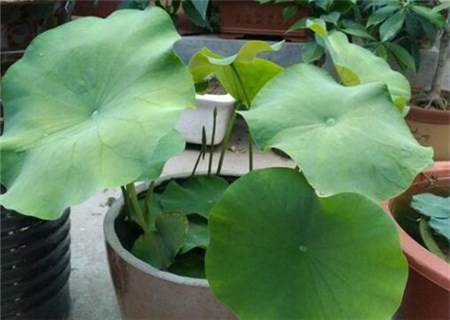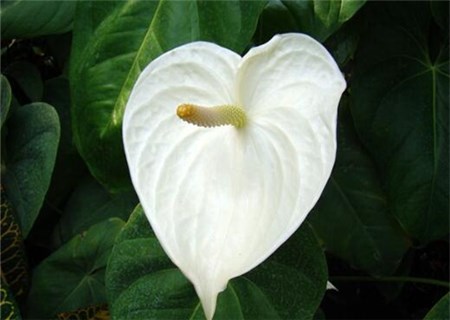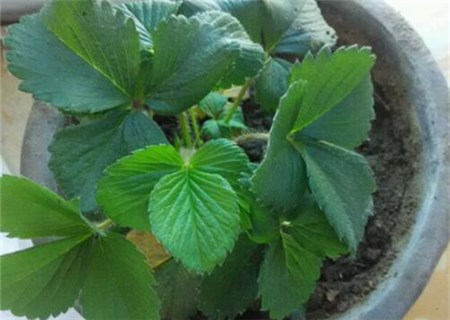What are the planting methods of potted lotus? How to control diseases and insect pests? What's the use?
Lotus is also known as lotus, water hibiscus and so on. It is a perennial aquatic herbaceous flower of the genus Lotus. There are many kinds of lotus, which can be divided into two categories: ornamental and edible. Cultivation was recorded in China as early as the Zhou Dynasty. So do you know the methods of planting potted lotus? How to control diseases and insect pests? What's the use?

I. planting method of potted lotus
1. Superior species
It is best to choose Manjianghong, fairy, table lotus this strong ornamental varieties, these varieties have smaller plant type, more flowering, colorful flowers, have been cultivated. If you plant lotus root, you should choose lotus root species that are not damaged, grow well and have complete buds.
2. Select a container
The choice of flowerpots is very fastidious, usually choose flowerpots with a caliber of 30 to 60 centimeters and a height of no more than 50 centimeters.
3. Soil requirements
Planting lotus soil is best to choose humus-rich soil, usually lake pond mud. You can also mix garden soil, loess and sandy soil at the ratio of 4:3:3. Never use sewage sludge.
4. Planting time
Because of the vast territory of our country, there is a great gap between the latitudes of the north and the south. Therefore, when choosing the planting time, we must also adjust measures to local conditions. In the vicinity of the Yangtze River basin, it is most suitable to plant around Ching Ming Festival. When it is in the north with higher latitudes, it should be postponed to late April and can be cultivated when the temperature rises to about 15 degrees.
5. Cultivation methods
Put the seed lotus root flat or tilt the top down at an angle of 20 to 50 degrees, bury the seed lotus root in the soil along the inner wall of the container, and pay attention to exposing the tail to the outside of the mud. Only one seed lotus root can be placed in a flowerpot.
6. Watering
In the early stage of lotus growth, it is not suitable to water too much, just keep the water depth of 3 to 5 centimeters. With the rising temperature, the water depth can be maintained at 16 cm after the lotus comes out of the water. In winter, after the lotus enters the dormant period, it is OK to keep the water shallow and there is no need to add water frequently. Never underestimate the management of this link, whether the lotus grows well or not depends on it!
Second, how to control diseases and insect pests of lotus
1. Black spot: irregular brown disease spots appear on the leaf surface in the early stage, with slight wheel lines, and black mildew appears on the disease spots in the later stage, often several disease spots are linked together to form large disease spots, and in severe cases, the whole plant dies. Prevention and control methods: spray 50% carbendazim or 75% chlorothalonil 500 times 800 times in time at the initial stage of the disease.
2. Rot disease: at the initial stage of the disease, the leaf edge appeared wilt plaques, then spread inward into pieces, and finally the whole leaf turned brown. After the onset of the disease, the central part of the lotus root turned brown and gradually necrosed longitudinally to the lotus root node and stem. Prevention and control methods: spray 50% carbendazim 500 times 600 times solution at the initial stage of the disease.
3. Spodoptera litura: the newly hatched larvae gather on the back of the leaves to eat the mesophyll, leaving the epidermis and veins, and the injured leaves are gray and white like screen windows. When the larvae are a little older, they disperse the food damage, bite the leaves into niches, and can bite buds and flowers, and the damage is the heaviest from June to October every year. Control methods: timely removal of insect leaves and destruction, at the same time, when the larvae were damaged, 1000 times solution of methamidophos was sprayed in the evening.
4. Aphids: aphids have strong adaptability to climate and are widely distributed, mainly sucking the stems and leaves of plants, especially the young parts. Aphids have strong reproduction and adaptability, and the population is so large that it is difficult for various methods to achieve a radical cure, and regular use of 80% dichlorvos EC spray diluted 500 to 1000 times is required.
What is the use of lotus
1. Edible value
The unique fragrance of lotus leaf can not be compared with other plants, so it can be used as a cooking raw material to enhance flavor and solve greasy, so now many restaurants have lotus leaf rice, this is a very unique dish, and steamed meat with lotus leaves, the taste is also very delicious.
2. Medicinal value
There are many uses of lotus leaves, such as lotus leaves. Soaking water with lotus leaves can dilate blood vessels, clear heat and relieve summer heat, and has a good antihypertensive effect. At the same time, it is also a good medicine for weight loss. Tea made from lotus leaves is very popular. It is not a medicine. There will be no side effects, so those who are too fat can try.
3. Bonsai viewing
Lotus has a strong ability to adapt to the growth environment, not only in large and small lakes and ponds, but also graceful and elegant in small bowls. In the history of Chinese Dutch culture, potted lotus was only used for private courtyard viewing at the beginning of its appearance. Nowadays, potted lotus is widely used in gardens all over China. The combination of pot and pond culture improves the ornamental value of potted lotus, which often appears in garden waterscape and garden sketches. Lotus water and stone bonsai is a new kind of bonsai appeared in Hangzhou. It is an organic combination of lotus potted plants and water and stone bonsai, which not only reflects the fortitude of mountains and rocks, but also shows the charm of lotus flowers. Lotus bonsai can choose coral stone, sand stone, axe split stone, quartz stone and other mountain rocks as materials.
4. The art of flower arrangement
Flower arrangement began in China in the six dynasties and originated from the pre-Buddhist supply of flowers. As the holy flower of Buddhism, it can be said that the flower arrangement is convenient for the lotus to form an inextricable bond at the time of its rise. In the Tang and Song dynasties, flower supply was still a main form of flower arrangement. By the Ming and Qing dynasties, the art of flower arrangement had made great progress. At this time, the depth and skill of lotus flower arrangement rose to a new level, which can be called the heyday of ancient Chinese flower arrangement art. With the more in-depth study of lotus flower arrangement, materials such as lotus, lotus leaf, lotus root and lotus seed are more and more widely used in flower arrangement, and the ornamental effects of these materials are also compared scientifically. Lotus flower arrangement is generally appropriate to choose small and medium-sized varieties, but also properly matched with the branches, leaves and fruits of other plants, so that the color is clear and the composition is bright, and the appreciation effect can be maintained for 3-4 days.
Time: 2019-03-17 Click:
- Prev

What are the seed planting methods of white palm (also known as white taro)? What is the effect and effect? How many times a year do you bloom?
White palm is widely cultivated all over the world. White palm is very beautiful when it blossoms, and it is also an excellent indoor potted foliage plant when it is not flowering. It is a new generation of indoor potted flowers. So do you know what are the methods of planting white palm seeds? What is the effect and effect? How many times a year do you bloom?
- Next

What are the planting methods of patchouli seeds in Labiatae? What is the effect and effect? What are the side effects?
Patchouli, also known as Hexiang, Cangao, mountain fennel, etc., belongs to the lip-shaped order, Labiatae perennial herbs, with edible and medicinal value, widely cultivated in China. So do you know what are the planting methods of patchouli seeds? What is the effect and effect? What are the side effects? Seed planting method of patchouli
Related
- Fuxing push coffee new agricultural production and marketing class: lack of small-scale processing plants
- Jujube rice field leisure farm deep ploughing Yilan for five years to create a space for organic food and play
- Nongyu Farm-A trial of organic papaya for brave women with advanced technology
- Four points for attention in the prevention and control of diseases and insect pests of edible fungi
- How to add nutrient solution to Edible Fungi
- Is there any good way to control edible fungus mites?
- Open Inoculation Technology of Edible Fungi
- Is there any clever way to use fertilizer for edible fungus in winter?
- What agents are used to kill the pathogens of edible fungi in the mushroom shed?
- Rapid drying of Edible Fungi

